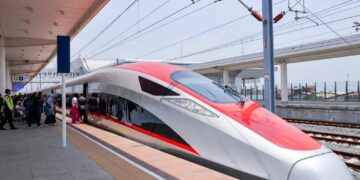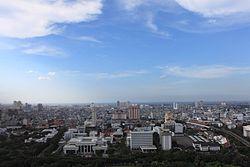As Jakarta continues to emerge as a vital economic hub in Southeast asia, the residential real estate market reflects both the city’s dynamic growth and the intricate challenges it faces. In the second half of 2024, understanding the average land prices across different regions of Greater Jakarta becomes essential not only for potential investors and developers but also for homeowners and policymakers. This article delves into the latest data from Statista, exploring trends, regional disparities, and the factors influencing land prices in this bustling metropolitan area. By breaking down the statistics by region, we aim to provide a comprehensive overview that highlights the complexities of the market and offers valuable insights for stakeholders navigating the ever-evolving landscape of Greater Jakarta’s residential sector.
Residential Land Price Trends in Greater Jakarta for H2 2024
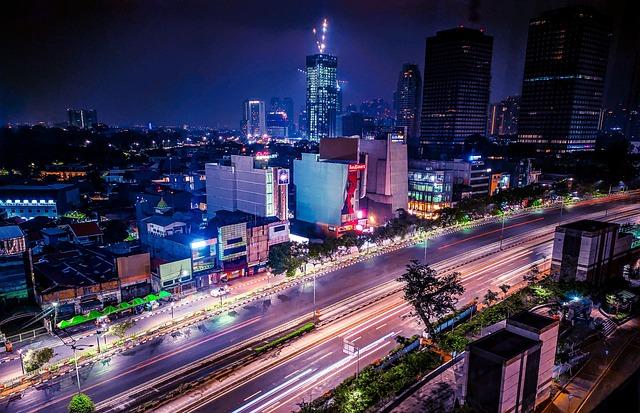
The residential land market in Greater Jakarta is witnessing notable shifts in pricing trends for the second half of 2024.The average land prices are expected to see fluctuations across various regions, influenced by factors such as urban development, infrastructure projects, and demand dynamics. Key regions are exhibiting distinct characteristics in their pricing trajectories, which can be summarized as follows:
- South Jakarta: Continues to lead wiht the highest land prices, driven by affluent neighborhoods and increasing demand for prime residential properties.
- West Jakarta: Experiences steady growth in land value, supported by ongoing infrastructure improvements and new commercial developments.
- East Jakarta: Shows a growing trend as new residential projects attract buyers, although still priced lower than its southern counterpart.
- North Jakarta: Faces mixed responses, with certain areas seeing price dips while others benefit from coastal redevelopment initiatives.
In terms of specific land price averages, recent data highlights striking differences across these regions. The following table captures the average land prices per square meter in Greater Jakarta for H2 2024:
| Region | Average Land Price (IDR per m²) |
|---|---|
| South Jakarta | 25,000,000 |
| West Jakarta | 20,000,000 |
| East Jakarta | 15,000,000 |
| North Jakarta | 18,000,000 |
Regional Disparities: A Deep Dive into Land Prices Across Greater Jakarta
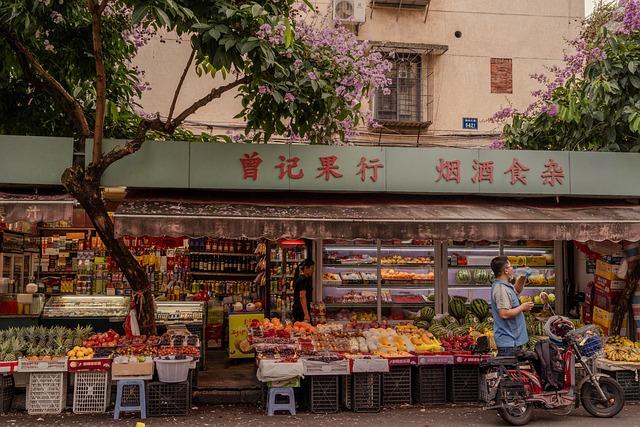
The residential land prices across Greater jakarta reveal meaningful regional disparities, driven by a mixture of urban development, population density, and infrastructure accessibility. As of the second half of 2024, various areas depict notably different land values, with upscale regions commanding prices well above the average. Key factors influencing these prices include proximity to amenities, transportation networks, and local economic activity. In particular, the following regions are highlighted for their contrasting land values:
- Central Jakarta: Primarily characterized by high land prices due to its commercial importance and dense population.
- West Jakarta: Offers a mix of residential and commercial areas, observing a moderate price range.
- East Jakarta: Emerging as a popular choice for families due to its relatively affordable pricing and growing infrastructure.
- South Jakarta: Known for more upscale neighborhoods, it often sees high demand leading to increased land prices.
This unequal distribution of land prices underscores the need for targeted urban planning and development policies aimed at addressing housing accessibility across various sectors of society. For a more visual portrayal, the following table summarizes the average land prices in different regions of Greater Jakarta, reflecting the disparity:
| Region | Average Land price (per m²) |
|---|---|
| Central Jakarta | IDR 20,000,000 |
| South Jakarta | IDR 14,000,000 |
| West Jakarta | IDR 10,000,000 |
| East Jakarta | IDR 8,000,000 |
| north Jakarta | IDR 12,000,000 |
Impact of Infrastructure Developments on Residential Land Values

Infrastructure developments play a crucial role in shaping residential land values, especially in rapidly urbanizing areas like Greater Jakarta. The construction of new roads, public transportation systems, and amenities considerably enhances accessibility, which, in turn, influences demand for residential properties. Increased accessibility often leads to higher land prices due to the desirability of locations that are well-connected. Moreover, the expansion of infrastructure can result in improved local services, such as schools, hospitals, and shopping centers, creating a ripple effect that elevates the overall value of residential land nearby.
The impact of infrastructure on residential land values can be observed across various regions of Greater Jakarta.As an example, areas undergoing substantial infrastructural investment have experienced marked increases in land prices, outperforming regions with stagnant development. The following table highlights some of the key infrastructure projects and their projected effects on land values:
| Project | Location | Projected Impact on Land Value (%) |
|---|---|---|
| JKT MRT Expansion | South Jakarta | 20-30% |
| FTL Toll Road | East Jakarta | 15-25% |
| New Airport Development | North Jakarta | 25-35% |
Investment Opportunities in Emerging Neighborhoods of Greater Jakarta
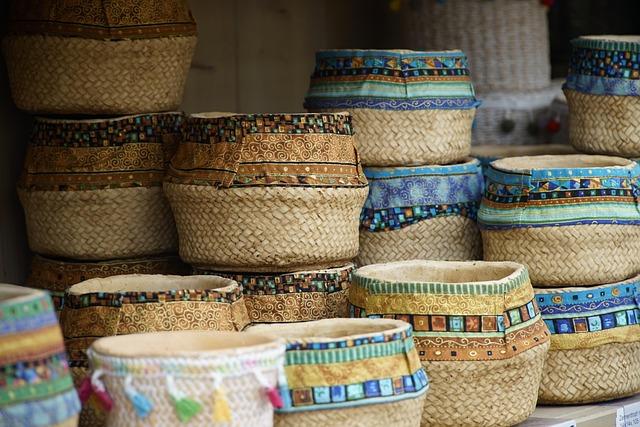
As the Greater Jakarta area continues to expand, promising investment opportunities are surfacing in its emerging neighborhoods. These regions, often overlooked, offer competitive land prices that are significantly lower than well-established areas, making them appealing for both residential and commercial investments. potential investors should consider not just the current economic landscape, but also the long-term growth potential associated with planned infrastructure developments, improved transportation networks, and a rising population. Areas such as South Tangerang, Depok, and parts of Bekasi are experiencing transformative changes, giving early investors a chance to capitalize on the upward trend of land values.
Moreover, understanding the specific features of each neighborhood can enhance investment strategies. Key factors to examine include:
- Accessibility: Proximity to public transportation and major roads.
- Community services: Availability of schools, hospitals, and shopping centers.
- Future developments: Area plans that promise to uplift the community desirability.
To visualize this burgeoning market,the table below presents average land prices across select regions in Greater Jakarta for H2 2024:
| Region | Average Land Price (USD/Sqm) |
|---|---|
| South Jakarta | 300 |
| West Jakarta | 250 |
| East Jakarta | 220 |
| north Jakarta | 200 |
| Bekasi | 150 |
| Depok | 180 |
| South Tangerang | 175 |
These figures emphasize the disparity between emerging neighborhoods and established markets,painting a clear picture of where aggressive investors can focus their attention.With comprehensive planning and foresight, entering these less saturated markets can lead to fruitful outcomes, ensuring a promising foothold in Greater Jakarta’s dynamic real estate landscape.
Forecasting Future Land Price Movements in a Dynamic Market

The real estate landscape in Greater Jakarta is evolving, with various factors influencing land prices in the residential sector. As we look towards the latter half of 2024, it’s crucial to consider the dynamics that contribute to these shifts. Key elements driving the forecast include:
- Economic Growth: An uptick in local investments and infrastructure projects is expected to stimulate demand for residential land.
- Population Density: rising urbanization and population growth in specific regions will likely impact land availability and pricing.
- Policy Changes: Government regulations and incentives aimed at promoting housing development can significantly alter market conditions.
In examining regional land prices,certain areas are projected to show distinct trends. As a notable example, the anticipated prices indicate that regions closer to central business districts will remain competitive, while suburban areas might experience varying fluctuations based on new developments. The following table provides an overview of expected land price averages by region:
| Region | Average Land price (IDR/m²) |
|---|---|
| Central Jakarta | 30,000,000 |
| West Jakarta | 25,000,000 |
| East Jakarta | 20,000,000 |
| South Jakarta | 28,000,000 |
| North Jakarta | 22,000,000 |
Strategic Recommendations for Buyers and Investors in Greater Jakarta
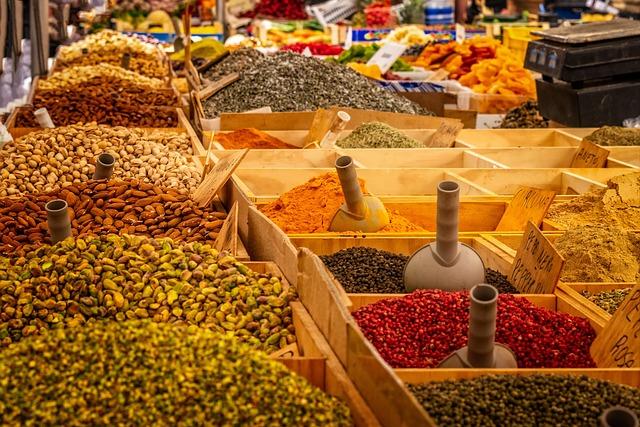
As the real estate market in Greater Jakarta continues to evolve, buyers and investors should consider several strategic recommendations to navigate this dynamic landscape effectively. First, understanding the nuances of each regional market can provide a competitive advantage. Researching local development plans, transportation accessibility, and upcoming infrastructure projects can definitely help identify high-potential investment areas.Additionally, paying attention to demographic trends and consumer preferences in residential housing can guide investment decisions tailored to market demands.
Second, diversifying investment portfolios is crucial in a fluctuating market. Investors should explore opportunities beyond customary residential properties, such as mixed-use developments or emerging urban areas that promise growth. Engaging with local real estate experts and utilizing analytical tools for price forecasting will assist in making informed investments. Consider incorporating enduring building practices and eco-pleasant developments into property choices, as these features are increasingly attractive to environmentally conscious buyers.
wrapping Up
the residential market landscape in Greater Jakarta, as reflected in the average land prices for the second half of 2024, illustrates a nuanced spectrum of regional dynamics. While some areas have experienced significant price surges driven by urban development and demand, others have remained relatively stable, showcasing the complexities of the real estate sector in this bustling metropolis. As investors and homeowners alike navigate these trends, understanding the underlying factors influencing land values will be crucial for making informed decisions.Statista’s comprehensive analysis serves as a vital resource for stakeholders, providing a clearer picture of the opportunities and challenges that lie ahead in Greater Jakarta’s residential market. As we move further into 2024, keeping a close eye on regional developments and economic shifts will be essential for those looking to capitalize on the evolving landscape of this vibrant urban hub.


